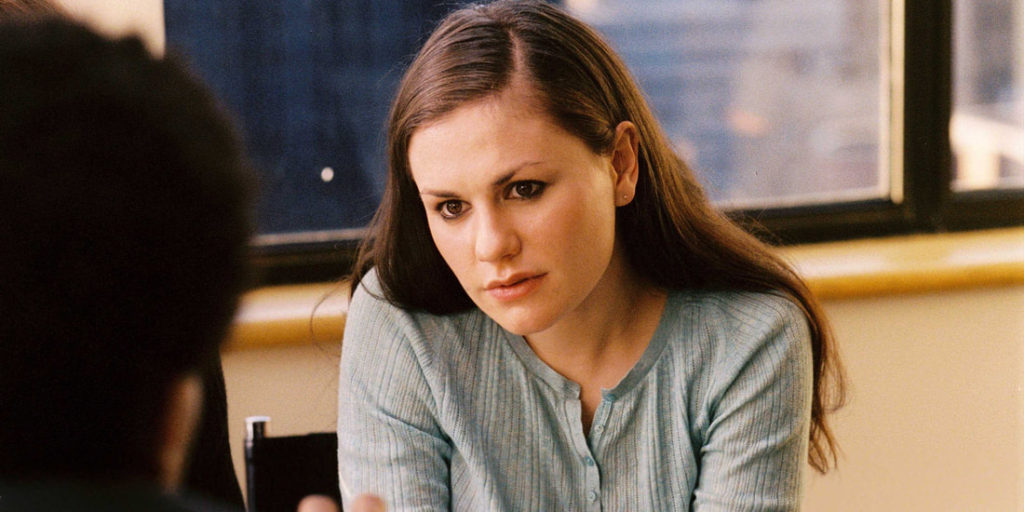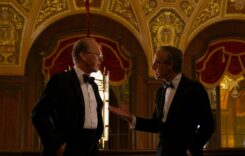JANUARY 11, 2021
The only stipulation that Searchlight made was that, in exchange for giving Lonergan total creative control, the director would deliver a cut that was no longer than 150 minutes. Principal photography was completed in November 2005, and Lonergan went to work in the editing room.
That’s where the troubles began.
Throughout 2006, Lonergan had tried to edit the film down to its agreed-upon 150 minutes, but he found that he could not tell the story he wanted to tell in anything less than three hours. Lonergan’s dense narrative was one that, if you pulled a thread on the film’s fabric and edited it out, the whole story would come unraveled. As the months dragged on in the edit bay, Lonergan exhausted his funding from the production team and had to turn to Broderick to help finance the edit until completion.
By 2007, Gilbert had had enough and brought in “Brokeback Mountain” editor Dylan Tichenor who proceeded to produce a cut that ran a more commercial two hours. Gilbert liked the cut. Lonergan, needless to say, did not. Back to the edit bay.
At last, in 2008, Lonergan was able to produce a 150-minute version to which Searchlight gave its OK. In fact, everyone involved seemed to be on board except Gilbert, who refused to pay his share of the production cost. Searchlight sued, and Gilbert countersued both the studio and even Lonergan himself. At that point, the endless court fights began.
2009…2010…” Margaret” was still figuratively gathering dust on a shelf and gaining the dreaded reputation of being a “doomed production.”
Whether or not it was all of the six-year drama around “Margaret” that prompted this move, but Searchlight suddenly decided just to release the 150-minute cut of “Margaret,” dumping the film in only two theaters on September 30, 2011. Opening cold with little promotion, “Margaret,” not surprisingly flopped, earning a first-week total of just $46,495 for the $12 million film despite favorable reviews including several raves – The New Yorker, for example, predicted that “Margaret” “[would] be remembered, years and decades hence, as one of the year’s, even the decade’s, cinematic wonders.”
A noticeable movement among many enthusiastic critics in support of the film began to grow, however, and, at their behest, Searchlight agreed to mount an awards campaign for “Margaret.” Still, by that time, the damage to the film’s reputation had already sealed its fate. With that final blow, it would have seemed to be the end of “Margaret.”
Then a funny thing happened.
As audiences began to discover the film on DVD after its 2011 release, the reputation of “Margaret” among film aficionados continued to grow until, almost inevitably, questions began to be raised as to where Lonergan’s preferred 3-hour cut might be. This month, HBO Max provides the answer as they are offering Lonergan’s original 186-minute cut of “Margaret” on their streaming service. (Consumer hint: If you search for “Margaret” on the HBO Max site, you’ll get the 150-minute release cut, but just click on EXTRAS underneath, and there you’ll find the extended Lonergan version.)
Is “Margaret” an overlong mess or an unsung masterpiece? Personally, I lean toward the latter, but your mileage may vary. HBO Max is finally giving us all an invaluable chance to be the judge.
This article originally appeared at Next Best Picture.












